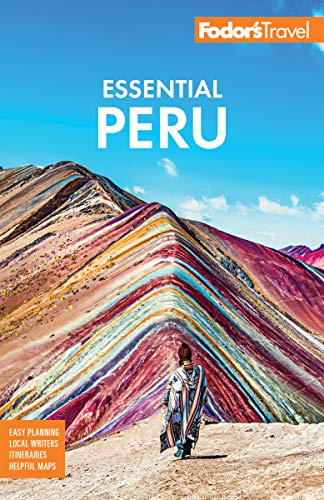It's not hard to see how the modern city of Huancayo, with close to 520,000 residents, was once the capital of pre-Inca Huanca (Wanka) culture. Set in the middle of the Andes and straddling the verdant Río Mantaro valley, the city has been a source of artistic inspiration from the days of the earliest settlers and has thrived as the region's center for culture and wheat farming. A major agricultural hub, Huancayo was linked by rail with the capital in 1908, making it a terminus for what was once the world's highest train line. It's now in second place: the Qingzang Railway (aka Qinghai–Tibet Railway) in China is now the first highest. Although it's a large town, its mom-and-pop stores, quaint restaurants, blossoming plazas, and broad colonial buildings give it a comfortable, compact feel.
Huancayo was historically a stronghold for the toughest Peruvian indigenous peoples, including the Huanca, who outfought both the Inca and the Spanish. Little wonder that Peru finally gained its independence in this region, near Quinua, in 1824. The Spanish left their mark in the town's hacienda-style homes and businesses, most with arching windows and fronted by brick courtyards with carefully manicured gardens. For an overview of the city, head northeast 4 km (2½ miles) on Avenida Giráldez, 2 km (1 mile) past Cerro de la Libertad Park, to the eroded sandstone towers in the hillsides at Torre Torre.
The drive from Lima to Huancayo is breathtaking, with the road rising to more than 4,700 meters (15,416 feet) before sliding down to the valley's 3,272-meter (10,731-foot) elevation. As you enter the city, four-lane Calle Real is jammed with traffic and crammed with storefronts, but look more closely, and you'll see the elegant churches and colorful markets tucked into its side streets, hallmarks of the provincial life that makes the city so charming. Women with long black braids beneath black-felt hats still dress in multitiered skirts and blouses with mantas (bright, square, striped cloths) draped over their shoulders. Note the intricate weavings—particularly the belts with the famous train worked into the pattern.




